Trout Unlimited was a lead negotiator and signatory to the Klamath Hydroelectric Settlement Agreement under which PacifiCorp will be removing four obsolete dams on the Klamath River. The dams cut off fish access to more than 400 miles of upstream rivers, including spring-fed climate refugia in the shadow of Crater Lake. They also have a severe impact on water quality, contributing to annual closures of the river below the dams to avoid human contact with toxic algae. The project is scheduled for the year 2021, and will be the largest and most important dam removal effort in the country. Keeping it on track is one of TU’s highest national priorities. We are also working hard to prepare the upper Klamath Basin watersheds to receive these returning salmon and steelhead once the dams are gone, and to assure healthy watersheds for the species and people already there – including a world-renowned Redband Rainbow Trout fishery.
Our restoration work in the Upper Klamath Basin has invested more than $20M dollars in the last decade to restore critical tributaries, and much of this money has been invested in the local economy as on-farm infrastructure improvements and hiring of local contractors. TU has permanently dedicated more than 30 cubic feet per second of senior water rights to instream flow, reconnected over 150 miles of stream habitat, removed countless dams and undersized culverts, screened major irrigation diversions to protect juvenile fish, and completed almost all of the restoration actions called for in the Recovery Plan for ESA-listed Bull Trout.
Sun Creek Historic Channel Reconnection
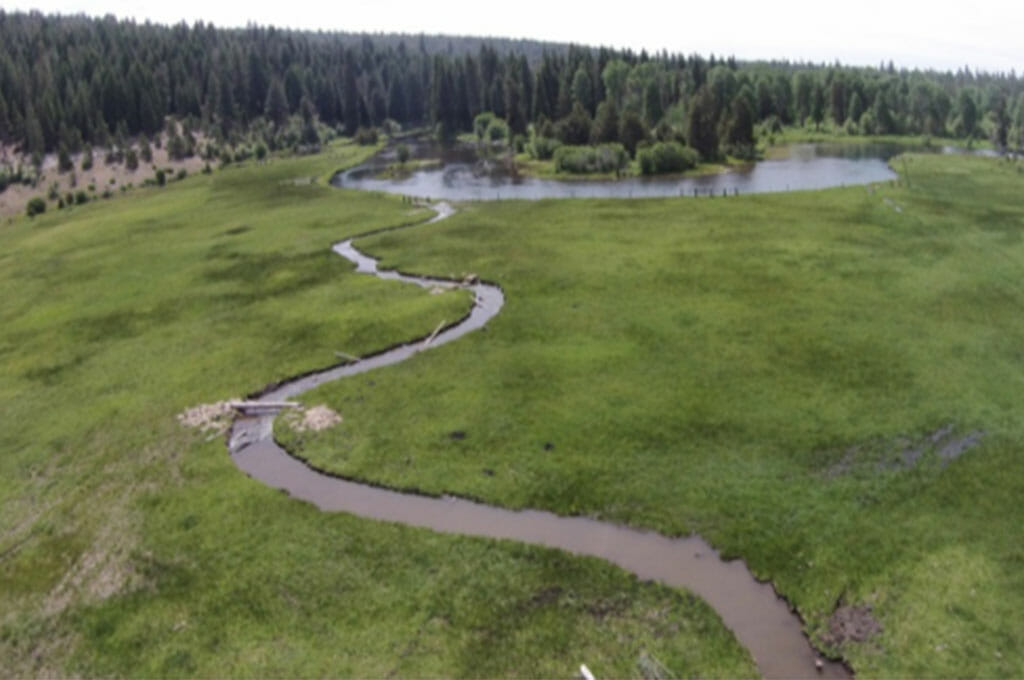
Sun Creek is in the Wood River Valley, and is home to one of the few remaining bull trout populations in the Upper Klamath Basin.
Actions:
•Reconnect/rebuild two miles of historic channel
•Transfer ~5cfs of flow instream
•Install fish screen at diversion
•Plant and fence along new channel
•Install irrigation piping to reduce irrigation withdraws
Diffuse Source Treatment Wetlands
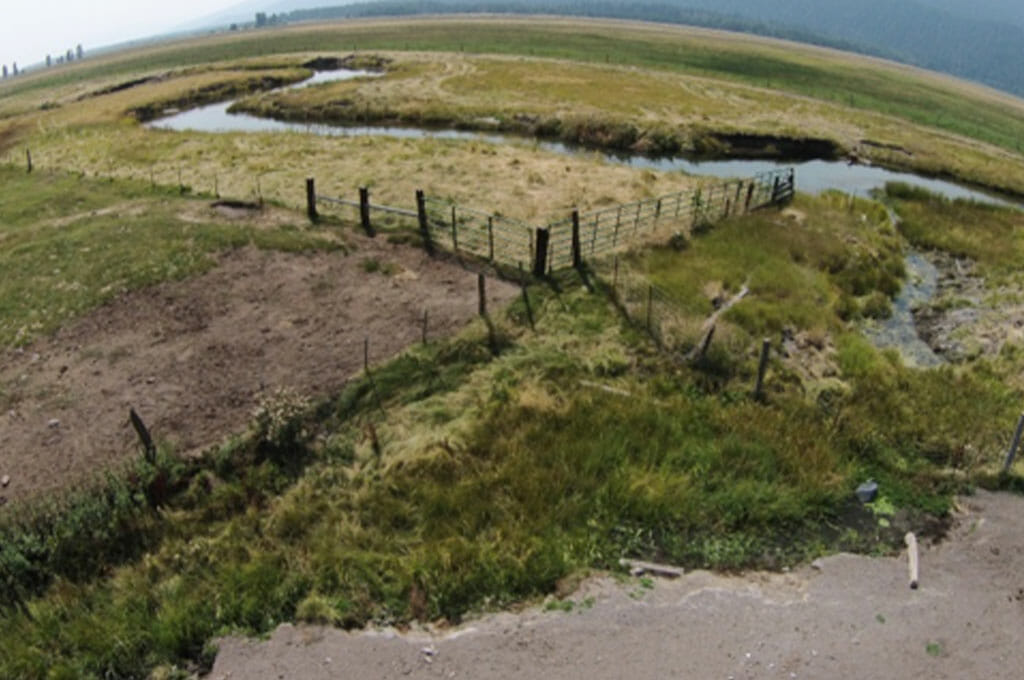
Diffuse source treatment wetlands filter nutrients and sediments out of irrigation return water before it flows back to rivers or lakes. The primary goal of these wetlands in the Upper Klamath Basin is to reduce phosphorus input to Upper Klamath Lake
Actions:
•Construct and monitor treatment wetlands in Wood River Valley and Sprague basin
•Develop program and incentives for future large-scale implementation of treatment wetlands throughout the Upper Klamath Basin
Annie Creek Instream and Riparian Habitat
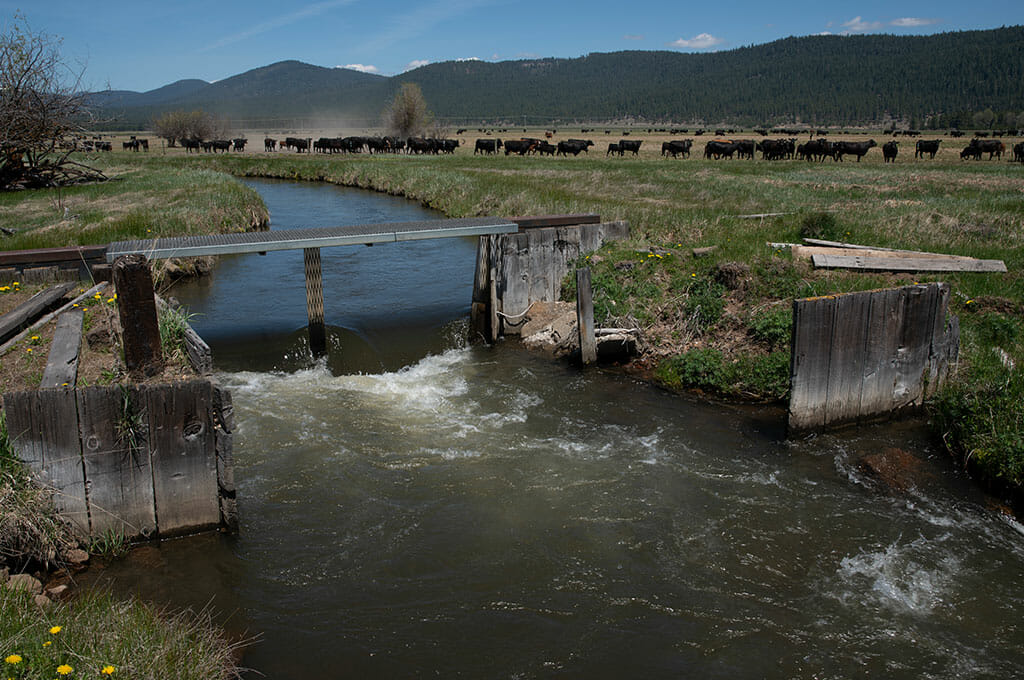
Annie Creek is one of the priority locations for bull trout reintroduction, and is currently home to native redband trout
Actions:
•Construct four miles of riparian fencing and plant along riparian area
•Install large wood to increase habitat complexity and cover
•Install fish screens at diversion and redesign diversion structures to allow fish passage
Sevenmile Creek Fish Screening and Passage
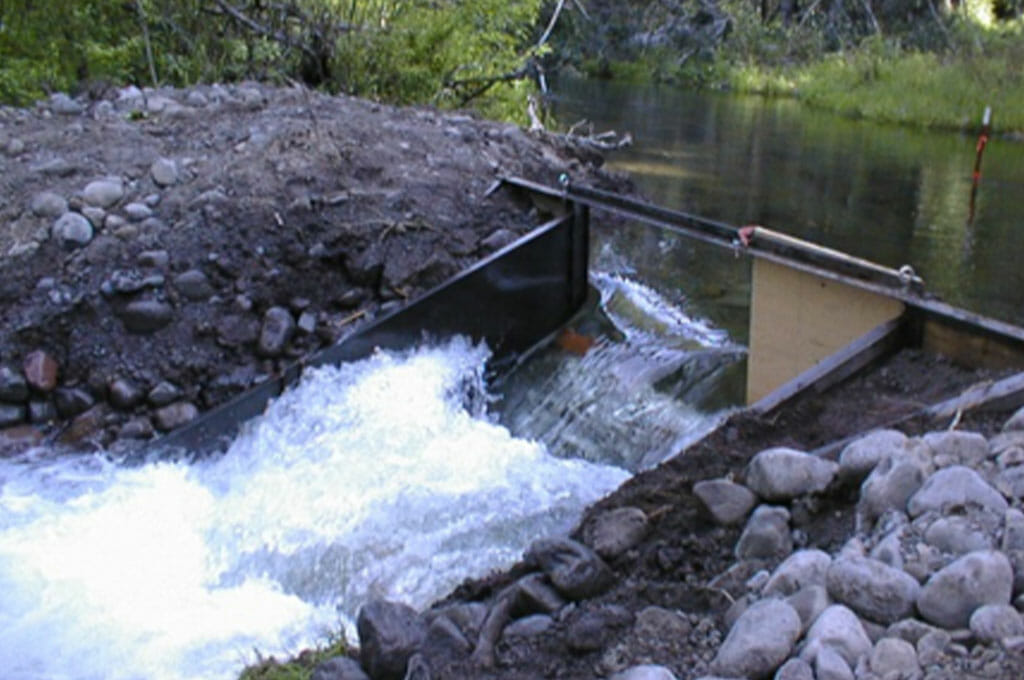
Sevenmile Creek is home to redband trout and critical habitat for listed bull trout. Over the last 15 years, we have screened diversions, improved passage, and increased instream flow along the entire length of Sevenmile Creek.
Actions:
•Install fish screen at most upstream diversion
•Improve fish passage at diversion structure to improve access to high quality spawning habitat and over 8 miles of stream
Wood River Fish Screening
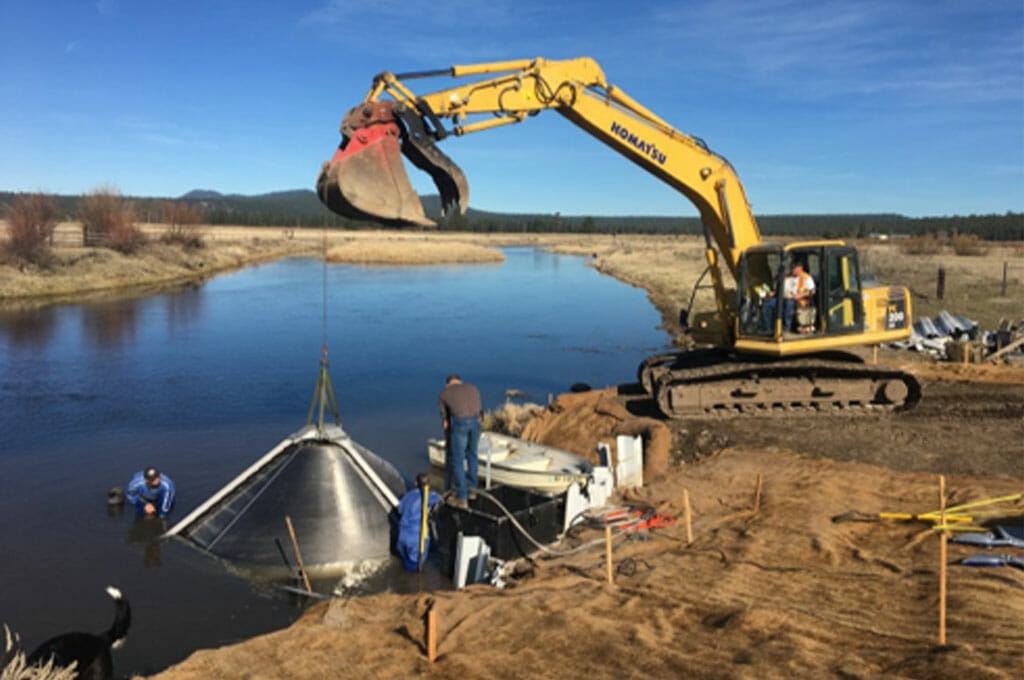
There are many large irrigation diversions on the Wood River that are unscreened, which leads to entrainment of redband trout and other native fishes in irrigation ditches
Actions:
•Construct a screen at the Melhase Ditch, which is just below important redband trout spawning on the Wood River
•Develop designs and plans for the remaining Wood River diversions to be implemented in future years.

